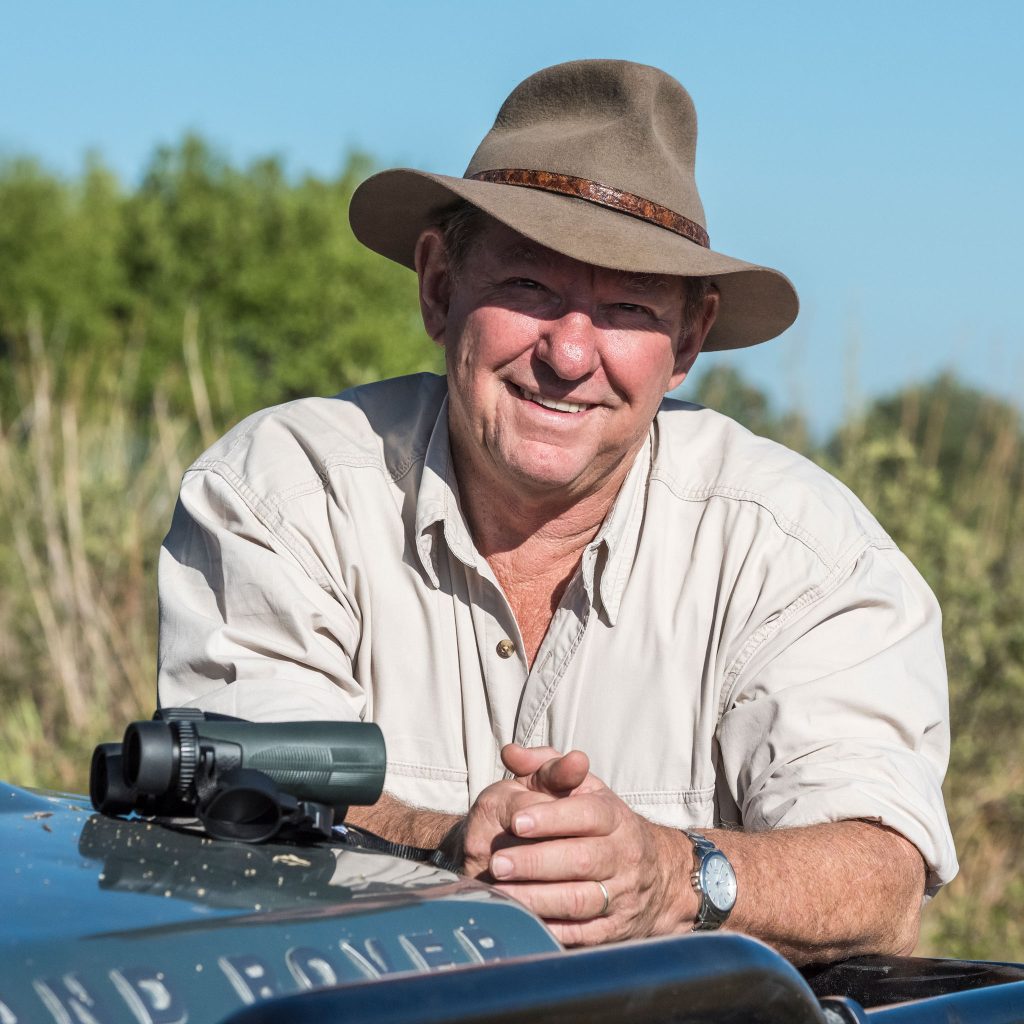Article and Images Mike Myers
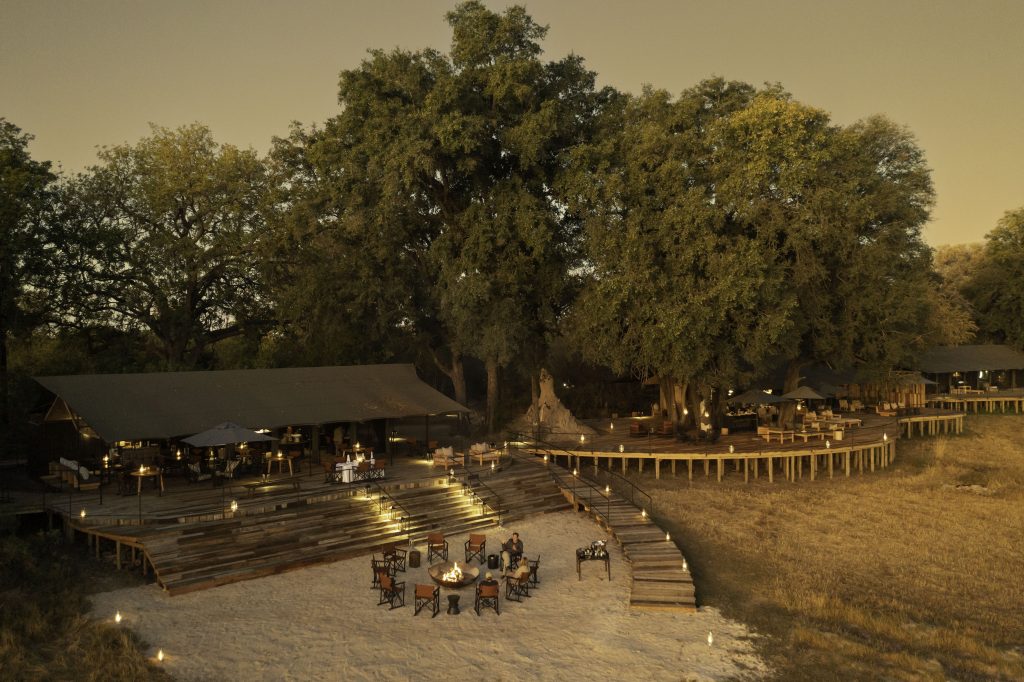
When I look back on my career as a guide in Botswana it’s hard to believe I’m in my fifth decade of doing it, the time seems to have passed by in a heartbeat. In that time, I have lived through the growth of the safari industry from humble beginnings in the late 70s to the powerhouse and prime wildlife destination that the Okavango Delta is viewed as today. Throughout my time guiding and wildlife photography have been at the center of my world, even though I have taken on pretty much every role associated with wildlife tourism from management to marketing, that was always central to what I have done. And it remains so today as I find myself lucky to still have the health and enthusiasm that has sustained me through my long career.
I am often asked: “what is your favourite camp,” and the truth is I don’t really have one. That’s because the area where the camp is situated is so much more important for me than the camp itself. That I have spent most of my time in the Okavango Delta makes the question: “what is your favourite area” easier to answer. The unique beauty of the Okavango’s rivers and floodplains are special for me and have always been at the center of my guiding and photographic world, even more so now that I am in the twilight of my career with no intention of slowing down.
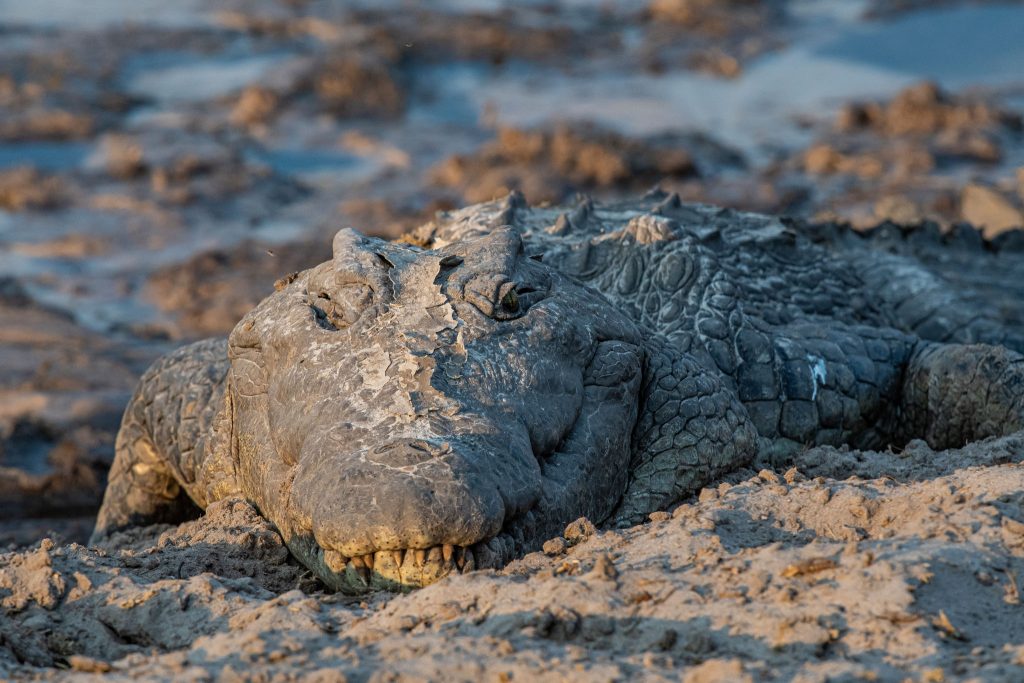
This brings me to an area in the Okavango called Kiri and where Machaba Safaris have a camp of the same name. When I started taking mobile camping safaris by mokoro in the early 80s on the western edge of Chiefs Island the Bayei paddlers would often talk about the Kiri in glowing terms. In those days photographic safaris happened in the Moremi Game Reserve as the other great areas of the Delta were set aside for hunting safaris which dominated the tourism landscape at that time. So the name stuck with me but I did not spend any time there in those days as I was guiding more in the Moremi Game Reserve, Chobe National Park at Savuti and on the Linyanti.
That all changed when I went to Kiri Camp for the first time and immediately I was captivated by the area. My motto is: never miss a game drive, and I now I have just returned from a month at Kiri over late January and February which falls over a time of the year we call the Secret Season – such a clever name because it really is a secret that should be revealed.
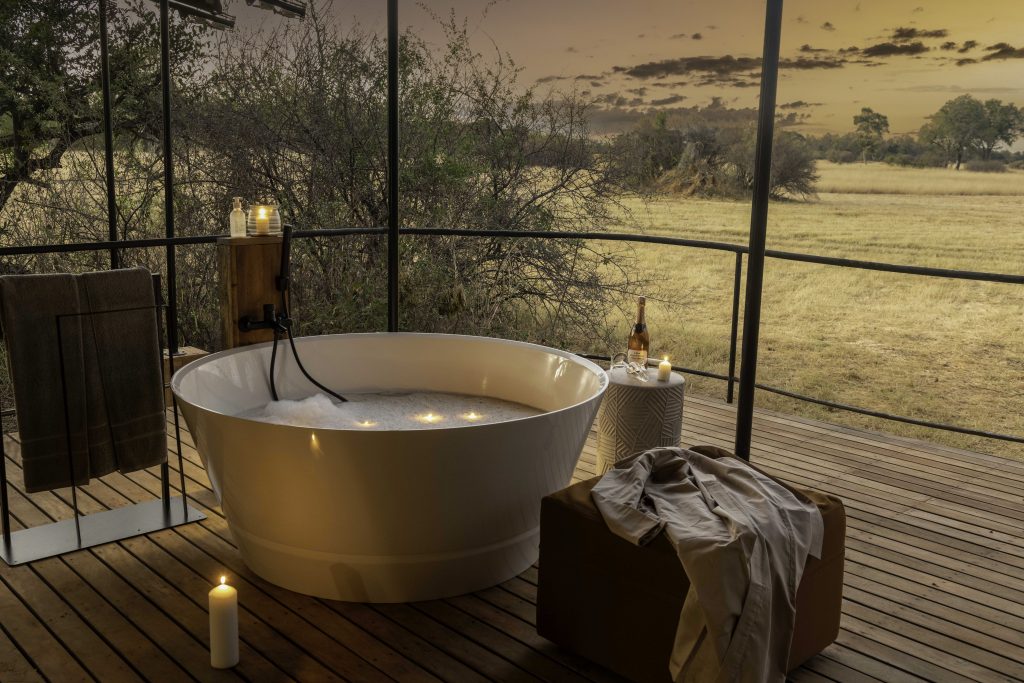
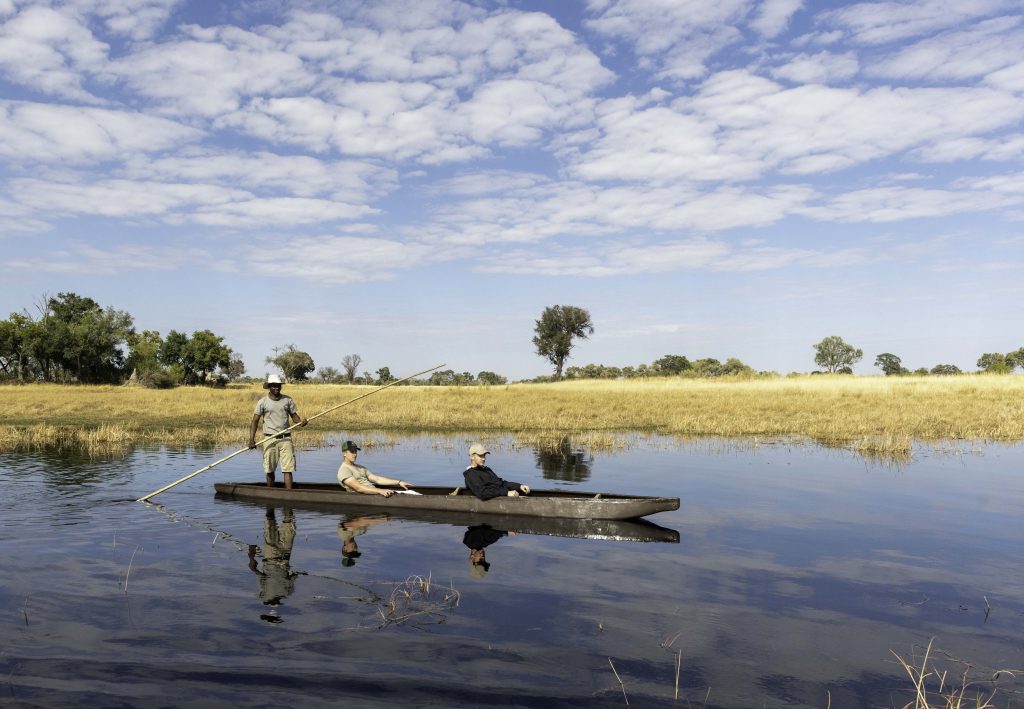
The vast floodplains and well wooded islands of the Kiri are exquisitely beautiful and a paradise for wildlife, despite the fact the Delta has experienced underwhelming floods in recent years.
Seasonally, by October and November of each year the water from the annual flood has subsided to a large extent, the habitat has dried and awaits the cycle of life-giving rain to rejuvenate it. In this starkness, the delights are the concentration of wildlife and the famous African red sunsets with the haze from dust and smoke hanging on the horizon making them a delight to capture at evening sundowners. As the days and weeks pass, the clouds start to build and the rain teases us, until around late November, the first rains fall and the sweet smell of the petrichor fills the air and breaks the spell that heralds the start of the Secret Season as the dry landscape is transformed into lush green wonderland within a few days.
The dry mopane trees and shrubs burst into yellow green tinged leaves and a fresh beautiful scent fills the air. The sky fills with summer clouds and the air is clear with superb light for photography but most important – it is a time of birth. We see the first of the impala lambs being born and the young warthog are seen for the first time. All the summer migrant birds have arrived and the body language of all the animals relaxes with abundant food, and this is especially true for the elephants. There is plenty of predator activity with leopard, lion, cheetah and wild dogs preying on all the young so there is so much to look at and see.
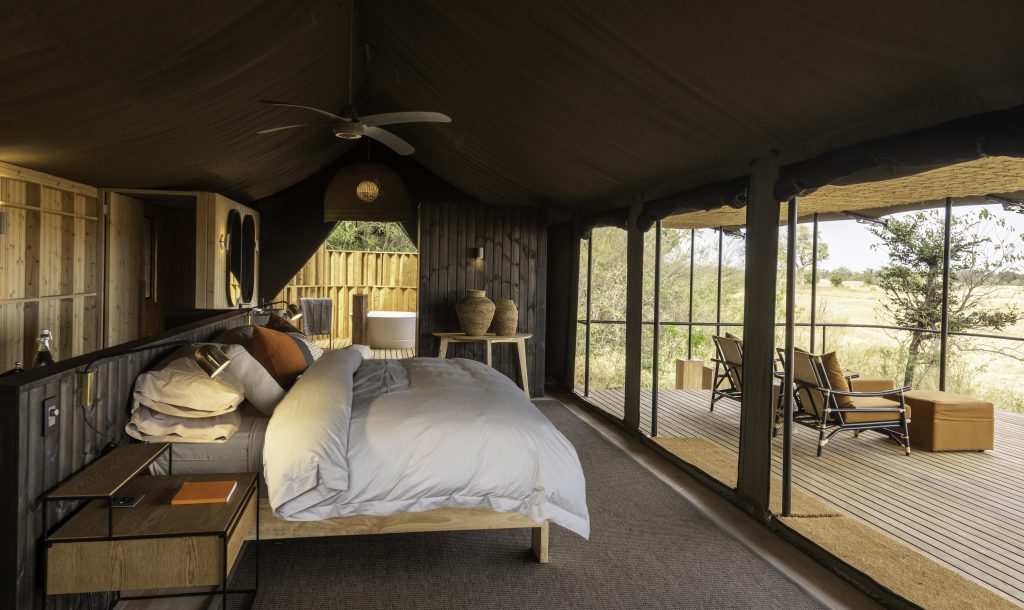
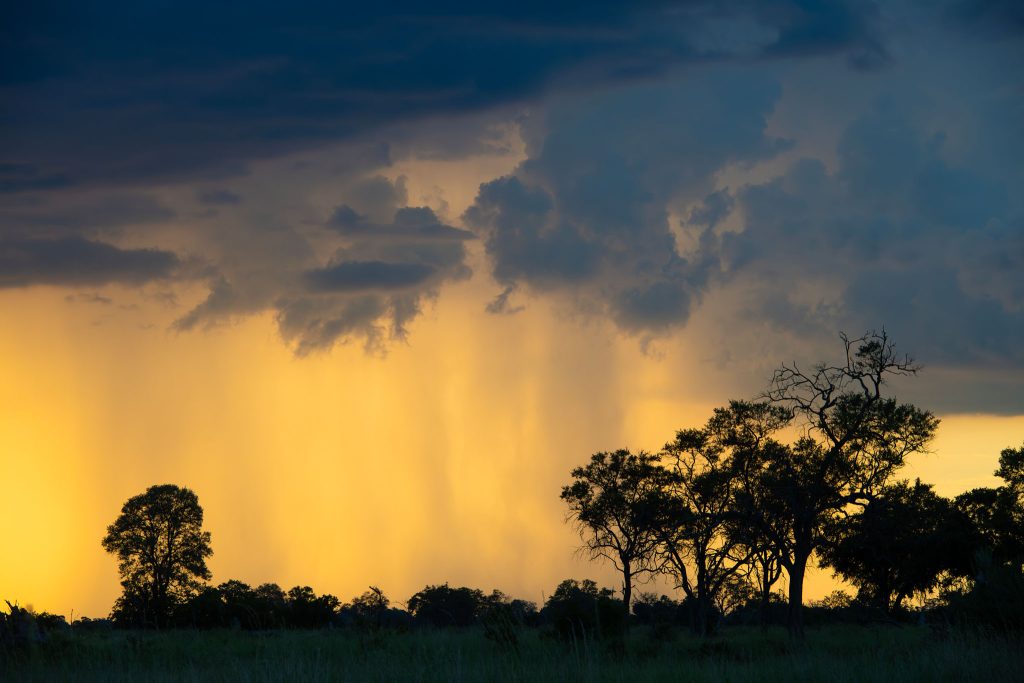
Kiri is a paradise at this time, with plenty of plains game in evidence everywhere. With zebra, wildebeest, impala, warthog, tsessebe, kudu, buffalo and giraffe all out on the plains there is just so much to see.
High season in the Okavango Delta is from May to the end of September. That is the time when the annual flood is in the Delta and there is a great variety of both water and land activities. It is also the time when the Delta is at its busiest and most sought out. However, don’t overlook the magic of what is on offer during the Secret Season in the summer. We do have rain at that time, but not all the time, and it can be a spectacular show with dramatic lightening and billowing cumulous clouds that reflect soft hues of pink, orange and purple in picturesque streaks across the sky at sunset.
I hope my recent photographs will whet your appetite to visit during this special secret time.
